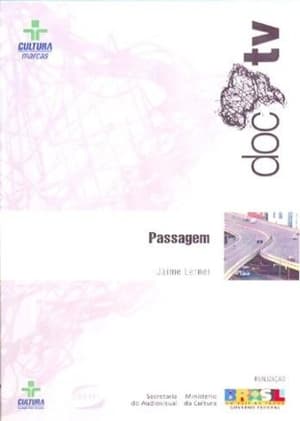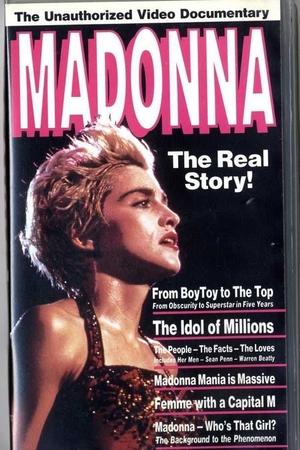

A Coberta D'Alma(2004)


Movie: A Coberta D'Alma

A Coberta D'Alma
HomePage
Overview
Release Date
2004-08-01
Average
0
Rating:
0.0 startsTagline
Genres
Languages:
PortuguêsKeywords
Similar Movies
 0.0
0.0Projeto The Office - Registros do Bah(pt)
"Projeto The Office - Registros do Bah" is the first film in the Bah Cinematic Universe. Premiering in 2023, the feature film, brilliantly captured by Maria Izabel/Bruno Vidine and inspired by the American TV series "The Office", contains records of the bahmigos and friends of bah throughout their last year at CMSM. The film explores the peculiar dynamics between the characters and captures key moments for the Bah lore, earning its place as a classic in cinema history.
 6.7
6.7Olympia: Part Two – Festival of Beauty(de)
Commissioned to make a propaganda film about the 1936 Olympic Games in Germany, director Leni Riefenstahl created a celebration of the human form. Where the two-part epic's first half, Festival of the Nations, focused on the international aspects of the 1936 Olympic Games held in Berlin, part two, The Festival of Beauty, concentrates on individual athletes such as equestrians, gymnasts, and swimmers, climaxing with American Glenn Morris' performance in the decathalon and the games' majestic closing ceremonies.
 6.7
6.7Workers Leaving the Lumière Factory(fr)
Working men and women leave through the main gate of the Lumière factory in Lyon, France. Filmed on 22 March 1895, it is often referred to as the first real motion picture ever made, although Louis Le Prince's 1888 Roundhay Garden Scene pre-dated it by seven years. Three separate versions of this film exist, which differ from one another in numerous ways. The first version features a carriage drawn by one horse, while in the second version the carriage is drawn by two horses, and there is no carriage at all in the third version. The clothing style is also different between the three versions, demonstrating the different seasons in which each was filmed. This film was made in the 35 mm format with an aspect ratio of 1.33:1, and at a speed of 16 frames per second. At that rate, the 17 meters of film length provided a duration of 46 seconds, holding a total of 800 frames.
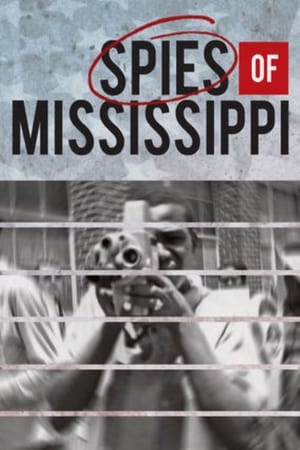 7.3
7.3Spies of Mississippi(en)
Spies of Mississippi tells the story of a secret spy agency formed by the state of Mississippi to preserve segregation and maintain white supremacy. The anti-civil rights organization was hidden in plain sight in an unassuming office in the Mississippi State Capitol. Funded with taxpayer dollars and granted extraordinary latitude to carry out its mission, the Commission evolved from a propaganda machine into a full blown spy operation. How do we know this is true? The Commission itself tells us in more than 146,000 pages of files preserved by the State. This wealth of first person primary historical material guides us through one of the most fascinating and yet little known stories of America's quest for Civil Rights.
 6.2
6.2Meeting Sebastião Salgado(pt)
Part activist and part globe trekking photographer, Sebastião Salgado is most famous for recording the migration of people and culture around the world. In this extensive conversation, Sebastiao Salgado revisits his adventurous career via the breathtaking images he captured.
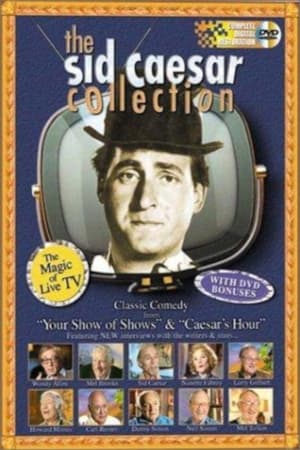 0.0
0.0The Sid Caesar Collection: The Magic of Live TV(en)
One of the greatest comedians of early television, Sid Caesar hasn't had his work shown in perennial reruns, so it's especially gratifying to see a collection of his classic sketches released on video, with Caesar himself introducing the material. Besides being a truly gifted comic, Caesar benefited from having some brilliant supporting players, including Carl Reiner, Imogene Coca, and Nanette Fabray. Some of his illustrious writers, including Neil Simon, Woody Allen, and Mel Brooks, appear in interviews setting up the sketches. The sketches themselves include some all-time classics such as Caesar and company playing the figurines populating a medieval town clock (a brilliant bit partly written by Neil Simon and his brother, Danny, who reminisce after the sketch).
 5.8
5.8Prater(de)
Vienna’s Prater is an amusement park and a desire machine. No mechanical invention, no novel idea or sensational innovation could escape incorporation into the Prater. The diverse story-telling in Ulrike Ottinger’s film “Prater” transforms this place of sensations into a modern cinema of attractions. The Prater’s history from the beginning to the present is told by its protagonists and those who have documented it, including contemporary cinematic images of the Prater, interviews with carnies, commentary by Austrians and visitors from abroad, film quotes, and photographic and written documentary materials. The meaning of the Prater, its status as a place of technological innovation, and its role as a cultural medium are reflected in texts by Elfriede Jelinek, Josef von Sternberg, Erich Kästner and Elias Canetti, as well as in music devoted to this amusement venue throughout the course of its history.
 6.0
6.0Parrot Confidential(en)
From PBS and NATURE - From the wilds of Costa Rica to the suburbs of our own country, parrot owners, rescuers, breeders, and biologists involved in conservation programs share their stories and the stories of their parrots in this bittersweet and unforgettable film about the difficulties and consequences of keeping and caring for parrots as pets.
 0.0
0.0Start Up!! Kamen Rider Gavv(ja)
A special preview special released a few weeks before Kamen Rider Gavv's premiere, which revealed new details and unreleased footage featuring the next Kamen Rider, Kamen Rider Gavv.
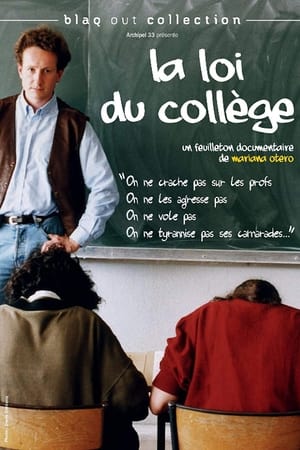 6.0
6.0La Loi du collège(fr)
In this documentary, director Mariana Otero looks at the daily life of a college in the "difficult" commune of Saint-Denis in the suburbs of Paris.




